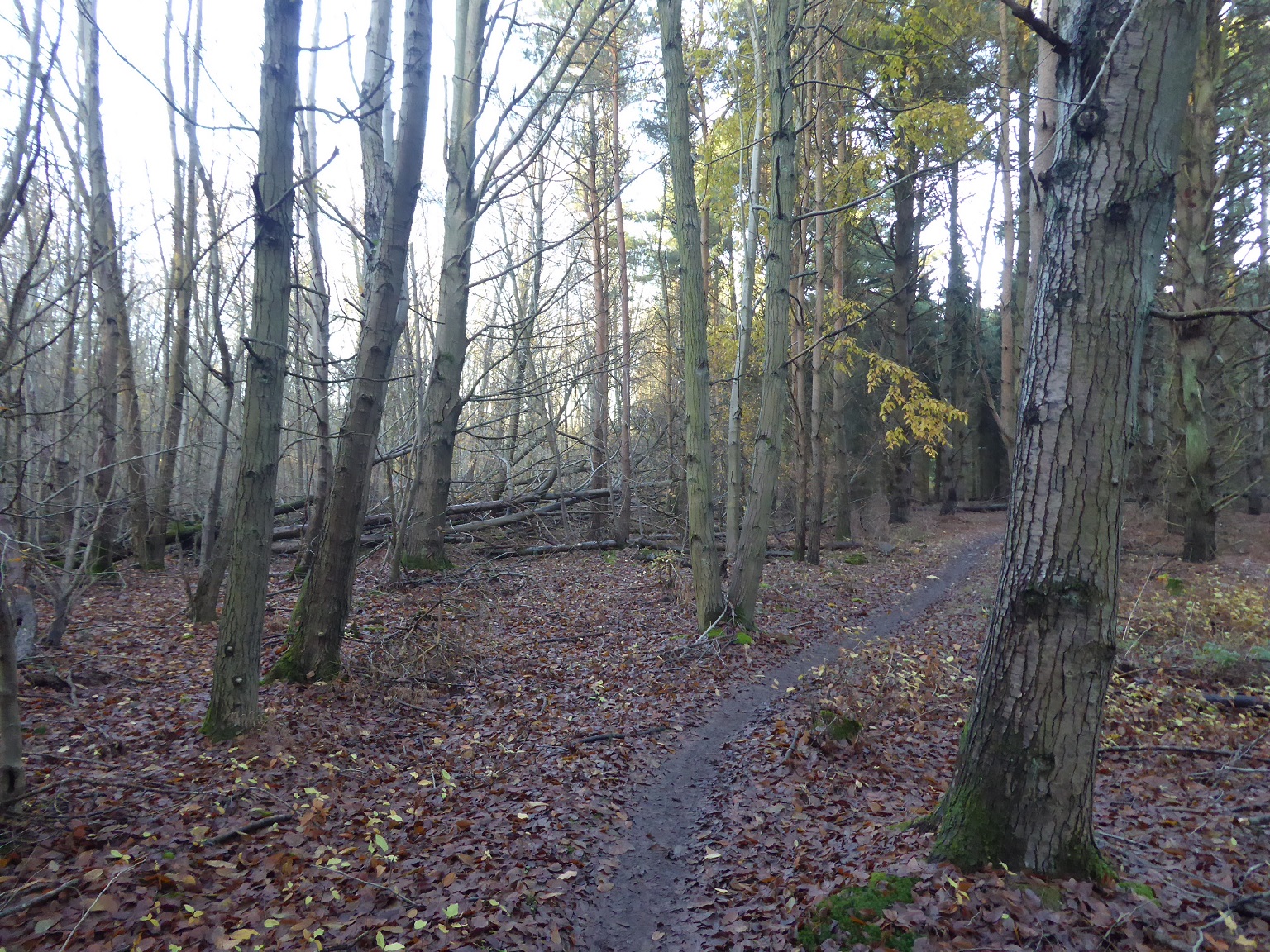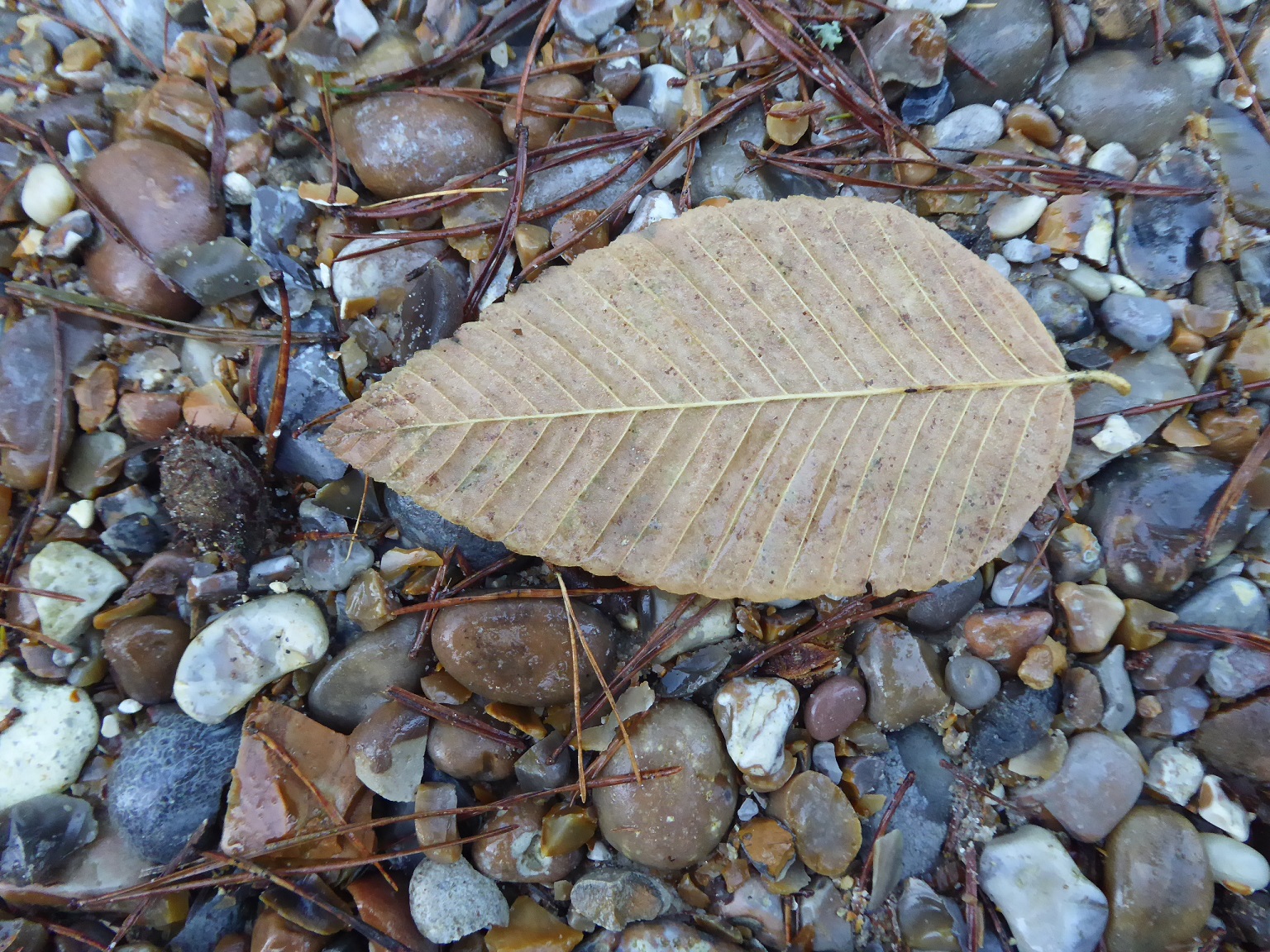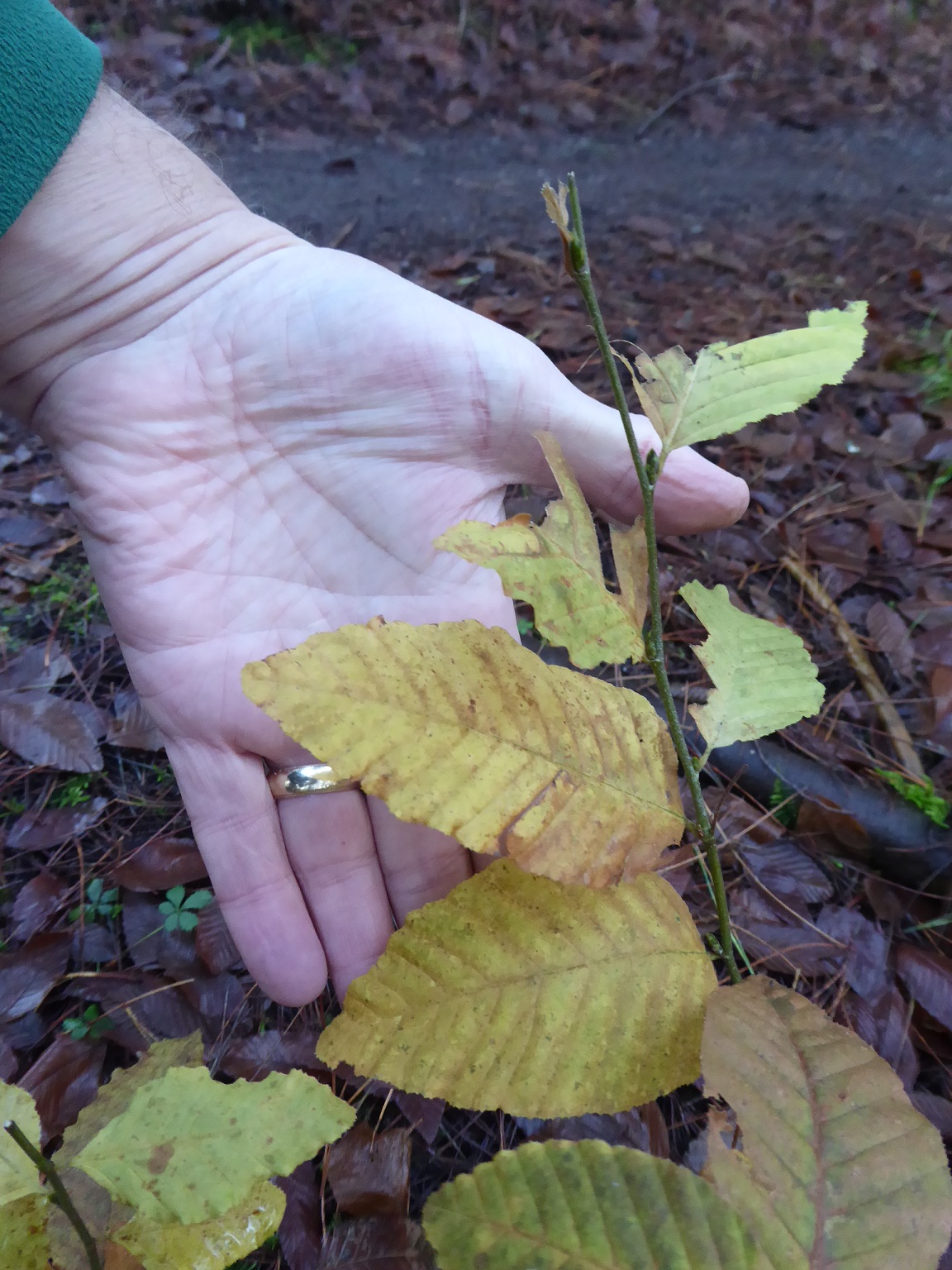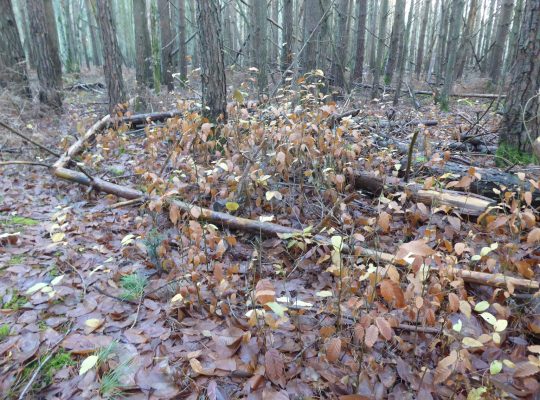Rauli (RAN)
Nothofagus is a southern hemisphere genus in the Fagaceae family and relatively close taxonomically to our native beech though with a lighter timber. Rauli, and its sister species Roble, were introduced early in the 20th Century and widely planted as individuals and in small plots as a promising fast growing exotic broadleaved tree.
Since it is currently cold limited in Britain, this species may benefit from climate warming and be suited to a wider range of sites in northern Britain, wherever its site requirements are met.
Rauli is categorised as a secondary tree species. These are species that have demonstrated positive silvicultural characteristics in trial plots, but gaps in our knowledge constrain their wider use. These species are being actively evaluated to increase understanding and inform future deployment.




Range
Native to the lower slopes of the Andes in central-southern Chile and western Argentina.
Provenance Choice
Provenances from the southern part of the natural range and from higher elevations in the Andes should be preferred as they exhibit greater cold tolerance which is the key requirement for satisfactory performance in Britain. Home collected seed shows variable results.
Site Requirements
Rauli is a very fast growing, light demanding species which will out yield all native British broadleaved species on suitable sites. Not cold hardy throughout Britain and can be killed by temperatures below -14° C; an early flushing and late hardening species which can be severely damaged by unseasonal frosts. For this reason, it is currently recommended to confine planting to the western coasts and more generally in the western and milder parts of England and Wales.
Best suited to well drained, deep fresh soils of poor to medium nutrient status; does not tolerate very poor nutrient status soils or compacted/waterlogged conditions. Rauli is not tolerant of exposure or drought.
Further detail on the site requirements of common alder in current and future climates can be examined using the Forest Research Ecological Site Classification Decision Support System (ESC).
ECOLOGICAL SITE CLASSIFICATION TOOL
Silviculture
Establishment can be safely achieved by underplanting beneath a light overstorey of birch or larch to minimise frost damage, but the latter should be quickly removed once Rauli saplings are >1.5 m. Seedlings or newly planted trees must be kept weed-free until established as they dislike competition during establishment.
Rauli stands should be kept well thinned and interventions can start from 10 – 12 years of age particularly on fertile sites. Thinning should be regular with the aim of keeping open crowns and there is some evidence to suggest growth rates on good sites can reach MAI at around 30 years old. Stem form for Rauli is generally good and better overall than Roble (N. obliqua). Yield classes of between 10 and 18 can be achieved dependent on, site conditions.
The species fast growth suggests it could be grown in mixtures with comparable conifers such as Douglas-fir. Natural regeneration does occur and can be quite prolific if conditions suit.
Pests and Pathogens
Mature stands can suffer sudden dieback from Phytophthora pseudosyringae.
While bark stripping by grey squirrels does occur, Rauli appears not as vulnerable as beech or sycamore. Good mast years can see the seed completely stripped by grey squirrel.
See our other tools and resources
Further Resources
Internal
In addition to the general sources of information for species the following is useful for Rauli.
Tuley, G. (1980) Nothofagus in Britain. Forestry Commission, Forest Record 22. HMSO.
External
In addition to the general sources of information for species the following is useful for rauli.
Mason, W., Jinks, R., Savill, P, and Wilson, Scott McG. (2018). Southern Beeches (Nothofagus species). Quarterly Journal of Forestry 112(1): 30-43.




